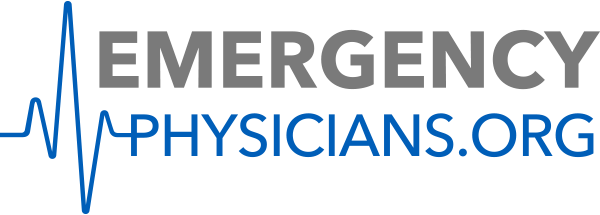Following emergency care for an opioid overdose, an emergency department-facilitated transition to outpatient care is more likely to lead to healthier patient outcomes when it begins with Medication-Assisted Treatment (MAT) in the emergency department. One reason MAT is so important is that many patients do not seek or receive further treatment in the outpatient setting after an opioid overdose-related emergency visit.
Expanding patient access to MAT helps avoid a potential treatment gap and eases entry into appropriate outpatient care. MAT refers to addiction treatment with medications, most commonly buprenorphine, although it is most effective when combined with behavioral therapy and counseling.
MAT improves long-term outcomes for patients. According to research published in the Annals of Emergency Medicine, patients who receive opioid agonist therapy as part of treatment for opioid use disorder have a decreased chance of fatal overdose compared with those who receive psychological counseling alone. Furthermore, patients maintained on buprenorphine have fewer emergency visits and hospitalizations. And, patients who received MAT in the emergency department are more likely after 30 days to be engaged in addiction treatment and less likely to abuse opioids than those with counseling alone, the study cites.
But, there are still many challenges when attempting to connect patients to continued care. Resource constraints, lack of available support services in the emergency department or lack of nearby outpatient services add complexity to facilitating comprehensive care.
To reduce the barriers to treating opioid use disorder, ACEP supports the passage of the Mainstreaming Addiction Treatment (MAT) Act, legislation that clears a bureaucratic hurdle to patient access to treatment by eliminating the “x-waiver” requirement for prescribing physicians.
 American College of Emergency Physicians
American College of Emergency Physicians







